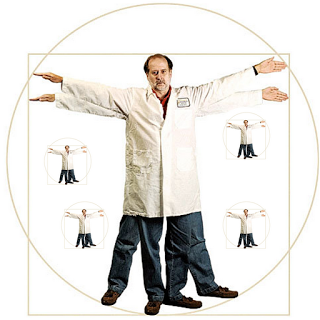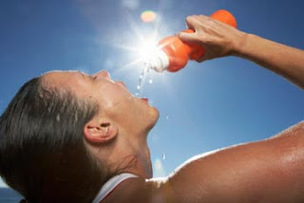Like cinnamon! So say studies by European scientists [1-3]. And even though the smell of cinnamon is described as "pungent" (besides "warm", 'sweet", and "spicy"), it fires up our brains, evoking a joyful Christmas mood and making us more generous.
Cinnamon is classified as a stimulant. Smelling and tasting cinnamon could enhance attention and virtual recognition memory [4], at least in comparison to smells of peppermint, jasmine or cherries. In addition to its many healthy properties - like fighting E.coli in unpasteurized juices, lowering concentration of fasting glucose, triglycerides, and total cholesterol - Cinnamon can make you feel fuller for longer [5]. So for those of us hoping to lose some weight - a cinnamon-flavored floss would be a good replacement for a Christmas desert.
Aggregate correlations - aka experience of the crowds analyzed in Aurametrix - tell many good things about Cinnamon. For example, that it led to less severe joint pain and helped with bad breath. Although - in higher concentrations - it was the reason of a yellowish skin.
Unfortunately for those with digestive problems, other Christmas-flavored foods seemed to have more side effects. Aurametrix correlations for Apple tell that exceeding sensitivity thresholds can lead to gas, fecal and musty smell (was this why an apple a day kept the doctor away?). Too much orange was associated with bloating, indigestion and yellow stool. Pumpkin, on the other hand, lead to slightly better flavored gas!
With more daily observations entered by the users, Aurametrix will make more correlations between wellbeing and food flavors. But for now -
Merry Christmas! And let's smell some cinnamon!
REFERENCES
1. Seo HS, Buschhüter D, & Hummel T (2009). Odor attributes change in relation to the time of the year. Cinnamon odor is more familiar and pleasant during Christmas season than summertime. Appetite, 53 (2), 222-5 PMID: 19576937
2. Martin Lindström, Philip Kotler. Brand Sense: Sensory Secrets Behind the Stuff We Buy. Simon and Schuster, Feb 2, 2010
3. Idle JR. Christmas gingerbread (Lebkuchen) and Christmas cheer--review of the potential role of mood elevating amphetamine-like compounds formed in vivo and in furno. Prague.Med Rep. 2005;106(1):27-38.
4. Phillip Zoladz. 2003-2004 Allyn & Bacon Award Abstracts. Impact of the Chemical Senses on Augmenting Memory, Attention, Reaction Time, Problem Solving, and Response Variability: The Differential Role of Retronasal Versus Orthonasal Odorant Administration
5. Hlebowicz, J., Hlebowicz, A., Lindstedt, S., Bjorgell, O., Hoglund, P., Holst, J., Darwiche, G., & Almer, L. (2009). Effects of 1 and 3 g cinnamon on gastric emptying, satiety, and postprandial blood glucose, insulin, glucose-dependent insulinotropic polypeptide, glucagon-like peptide 1, and ghrelin concentrations in healthy subjects American Journal of Clinical Nutrition, 89 (3), 815-821 DOI: 10.3945/ajcn.2008.26807
6. Khan A, Safdar M, Ali Khan MM, Khattak KN, Anderson RA. Cinnamon improves glucose and lipids of people with type 2 diabetes. Diabetes Care 2003;26:3215–8.
7. Catherine Ulbricht, Erica Seamon, Regina C. Windsor, Nicole Armbruester, J. Kathryn Bryan, Dawn Costa, Nicole Giese, Joerg Gruenwald, Ramon Iovin, Richard Isaac, Jill M. Grimes Serrano, Shaina Tanguay-Colucci, Wendy Weissner, Heeja Yoon, and Jie Zhang. An Evidence-Based Systematic Review of Cinnamon (Cinnamomum spp.) by the Natural Standard Research Collaboration. Journal of Dietary Supplements, December 2011, Vol. 8, No. 4 : Pages 378-454 (doi: 10.3109/19390211.2011.627783)



 RSS Feed
RSS Feed
